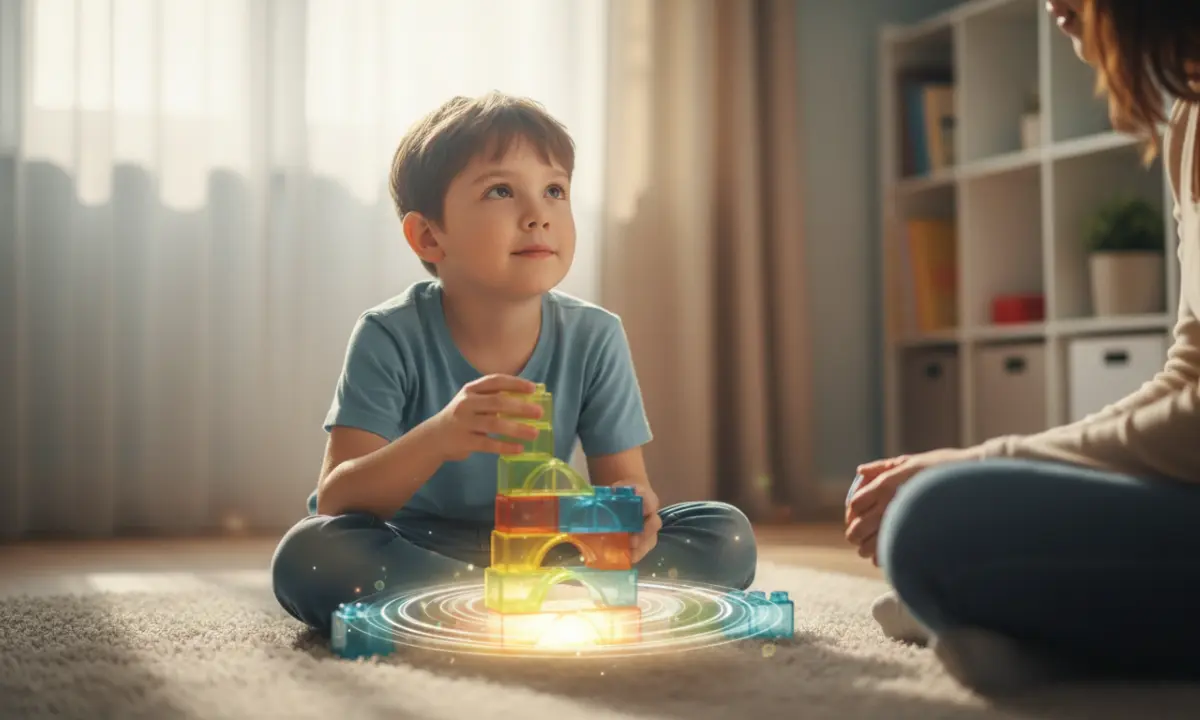
What Results Can Parents Realistically Expect After Stem Cell Therapy for Autism?
This is the most important question for every parent considering regenerative medicine: “What will my child be like after the treatment?”
It’s a question filled with hope, anxiety, and the desire for a better future.
At the Institute for Regenerative Medicine (IRM), our first and most important job is managing expectations. Stem cell therapy is one of the most promising frontiers in autism treatment, but it is not a cure.
To understand how IRM’s comprehensive one-month autism stem cell treatment program is designed to create these improvements, visit our A New Hope for Autism Spectrum Disorder page.
For parents new to regenerative medicine, it’s essential to understand what stem cells are and how they work in the body before exploring treatment outcomes.
Our goal is not to “cure” autism, which is a complex neurodevelopmental identity. Our goal is to improve the child’s autism prognosis to better the likely course of their development and dramatically improve their quality of life.
Table of Contents
The Goal: Creating a Better Foundation
The central theory behind stem cell therapy is that it works to calm systemic inflammation, reduce neuroinflammation, and modulate a dysregulated immune system. In doing so, it creates a healthier, “quieter” neurological environment.
Learn more about how chronic inflammation affects the brain and body and why controlling it is a vital part of autism recovery.
This “quieter” state, combined with a surge in the brain’s ability to form new connections (neuroplasticity), creates a window of opportunity. The therapy doesn’t create new skills; it makes it easier to learn skills.
At IRM, we further enhance this regenerative response through growth factor–enriched stem cell therapy, which supports brain repair and improved cellular communication. For guidance on how to sustain your child’s progress once you return home, explore how to implement the IRM Home Plan after treatment.
Realistic Improvements After Stem Cells
The results of stem cell therapy for autism vary from child to child. We cannot promise a specific outcome. However, we can share the most common improvements reported by parents in the weeks and months following the comprehensive IRM protocol.
Potential improvements often include:
Some children benefit from adjunctive regenerative approaches such as Platelet-Rich Plasma (PRP) therapy, which promotes cellular repair and complements stem cell treatment.

It is critical to remember that these improvements after stem cells are the beginning. They are the new foundation upon which continued, intensive therapy (speech, behavioral, and occupational) must be built. The real, lasting gains are made when a family takes this “window of opportunity” and works diligently with their home therapists.
Our Commitment to Transparency: Your Reports
We believe that trust is built on transparency. When you complete your treatment at IRM, you are not just sent home with hope; you are sent home with comprehensive documentation.
You will receive two critical documents:
The Comprehensive Discharge Summary:
This is your complete medical record of the treatment. It details every procedure, every dosage, the administration dates, and how your child tolerated the therapies. It is a vital document to share with your primary care physician and home therapy team.
The Quality Control (QC) Report:
This is our laboratory’s promise of quality to you. This report details the source of the cells, the cell count, the viability (proving they were fresh and not cryopreserved), and the full panel of sterility and screening tests they passed. This is your proof that your child received exactly what was promised: a safe, pure, and high-quality therapeutic product.
You can learn more about our laboratory’s ethical standards and screening criteria in IRM’s Quality Control and Donor Ethics process.
Ultimately, the goal is not to change who your child is. The goal is to reduce the physiological burdens of inflammation and immune dysregulation so that your child’s truest potential can emerge. We are aiming for the best possible prognosis and the highest quality of life for your entire family.










